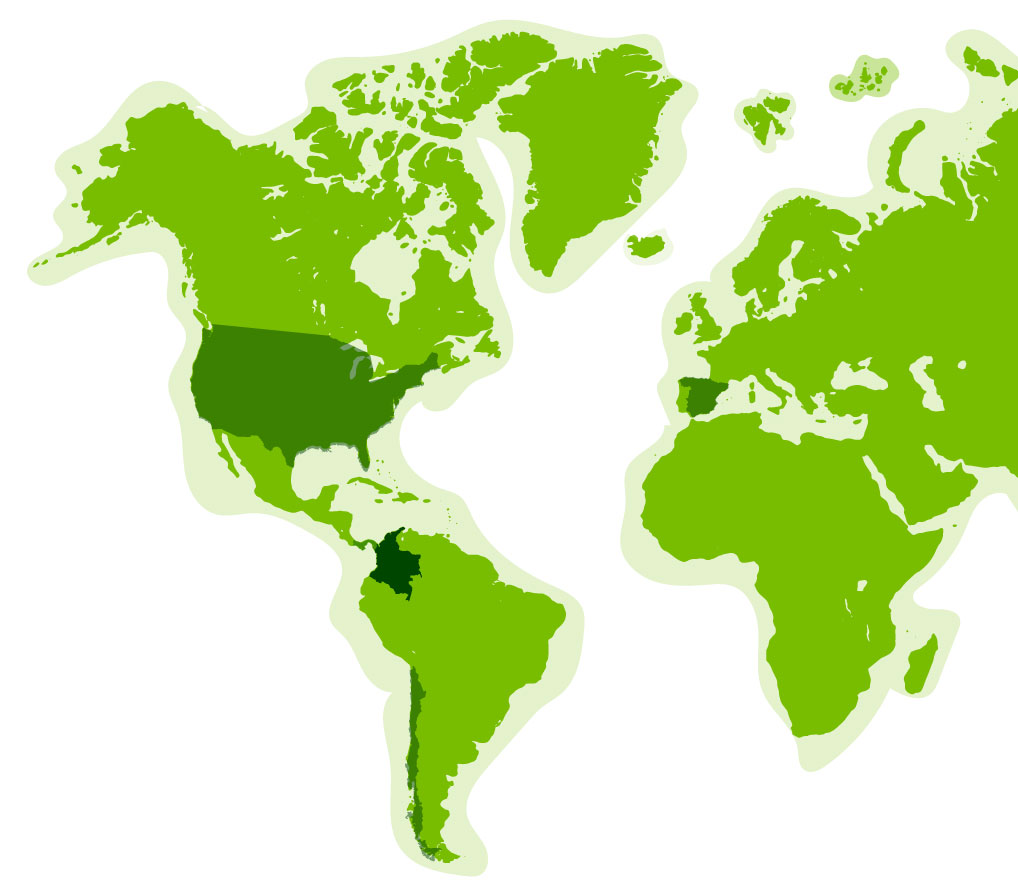
Cartagena
Each year, we attend 640 teenage mothers and 120 babies at our Cartagena site.
- In Colombia, in 2023, there were 81,735 births to teenage mothers, representing 16% of births in the country. (3,818 births to mothers between 10 and 14 years old and 77,917 to mothers between 15 and 19 years old).
- 5,867 births to adolescent mothers occurred in Bolivar, that is, 20% of births in the department (286 births to mothers between 10 and 14 years old and 5,581 to mothers between 15 and 19 years old).
- 2.190 births to adolescent mothers occurred in Cartagena, that is, 14% of births in the city (80 births to mothers between 10 and 14 years old and 2.119 to mothers between 15 and 19 years old).
- If we analyze the 2022 teenage pregnancy in Colombia with the 2023 data, there is a significant decrease of 63.268 cases of teenage pregnancies. This decrease is distributed in 408 fewer cases in the group of mothers between 10 and 14 years old, and a decrease of 16.060 cases in the age range of 15 to 19 years old. However, this downward trend in teenage pregnancies is also reflected in a marked reduction in the birth rate of 12%.
Sources: National Administrative Department of Statistics (DANE).


Cartagena
Every year, we serve 850 teenage mothers and 240 babies at our Cartagena headquarters.
- The one of the houses are of strata 1 and 2.
- In 2017, 27% of the population lived in poverty and 4.2% in extreme poverty.
In 2016, the specific fertility rate in adolescents aged 15 to 19 was 76.1 in Cartagena, while in Colombia it was 49.5. - In 2018, there were 163 births of mothers between 10 and 14 years old, and 3,370 of mothers between 15 and 19 years old. In total, there were 3,533 teenage pregnancies in the city.
- The neighborhoods with the highest incidence of teenage pregnancy are Olaya Herrera, El Pozón, Nelson Mandela, San José de los Campanos, La María, San Fernando, La Esperanza, Boston, Villas de Aranjuez and La Candelaria
- Cartagena has one of the highest underemployment or informality rates in Colombia.In 2017, it was 55.3% of the total employed.
- Of the total cases of domestic violence, which in 2017 were 1,440 and in 2018 were 1,360, 70% correspond to maltreatment.
- In the last 10 years, 93% of victims of domestic violence have been women.
- In 2017, there were 514 cases of reported sexual crimes. In 2018, the figure amounted to 574. It is estimated that women, mainly under 24, are victims of 85% of cases of sexual crimes in the city.Sources: Cartagena How We Go, Quality of Life Report 2017; World Bank; National Administrative Department of Statistics (DANE).




